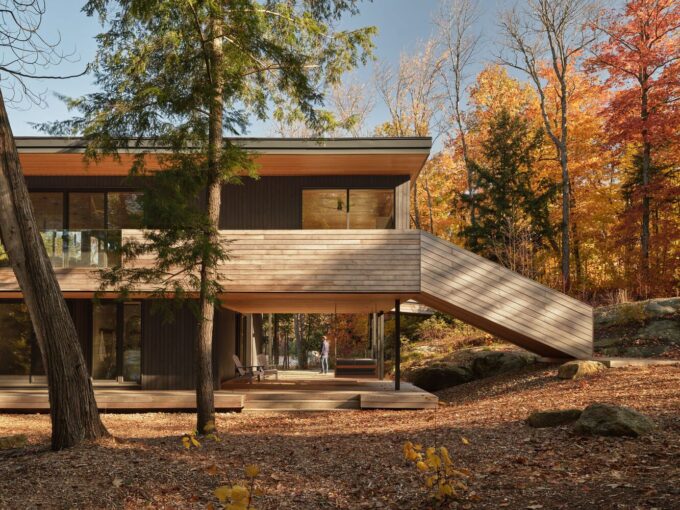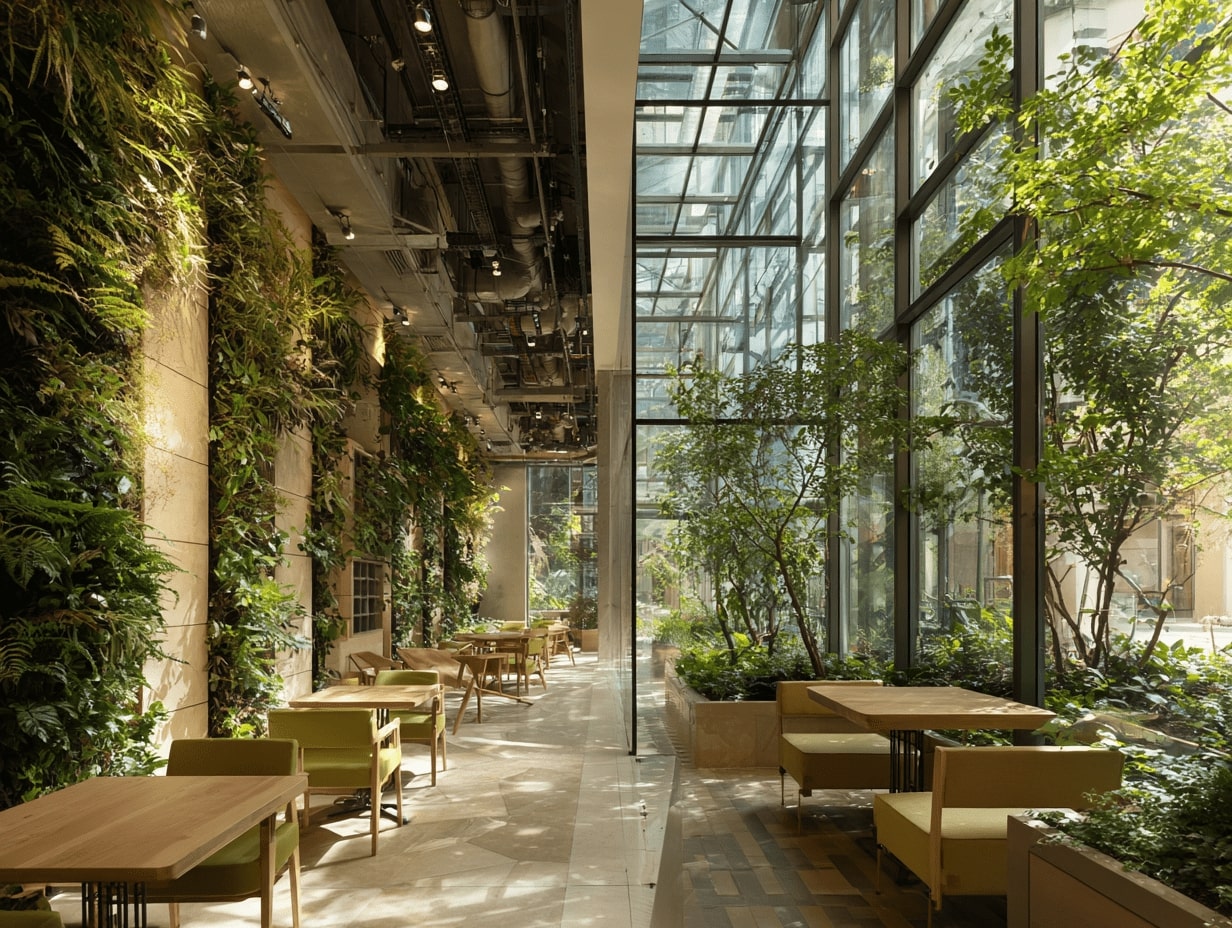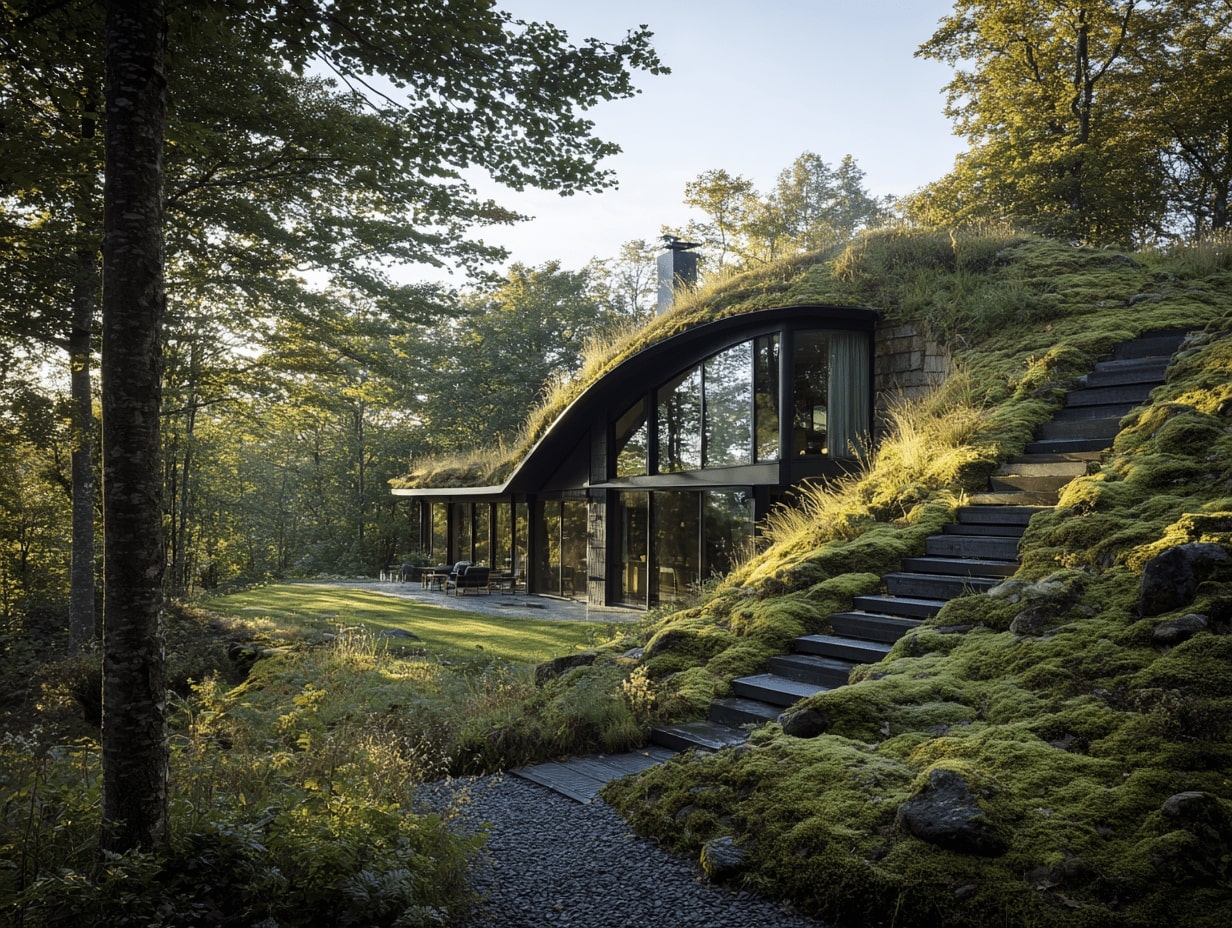- Home
- Articles
- Architectural Portfolio
- Architectral Presentation
- Inspirational Stories
- Architecture News
- Visualization
- BIM Industry
- Facade Design
- Parametric Design
- Career
- Landscape Architecture
- Construction
- Artificial Intelligence
- Sketching
- Design Softwares
- Diagrams
- Writing
- Architectural Tips
- Sustainability
- Courses
- Concept
- Technology
- History & Heritage
- Future of Architecture
- Guides & How-To
- Art & Culture
- Projects
- Interior Design
- Competitions
- Jobs
- Store
- Tools
- More
- Home
- Articles
- Architectural Portfolio
- Architectral Presentation
- Inspirational Stories
- Architecture News
- Visualization
- BIM Industry
- Facade Design
- Parametric Design
- Career
- Landscape Architecture
- Construction
- Artificial Intelligence
- Sketching
- Design Softwares
- Diagrams
- Writing
- Architectural Tips
- Sustainability
- Courses
- Concept
- Technology
- History & Heritage
- Future of Architecture
- Guides & How-To
- Art & Culture
- Projects
- Interior Design
- Competitions
- Jobs
- Store
- Tools
- More
How Does Climate Impact Building Design? Key Factors and Sustainable Strategies
Discover how climate impacts building design, influencing material choices, energy systems, and structural strategies. Learn about climate-responsive architecture, passive design techniques, and innovative solutions for energy efficiency and sustainability.

When we think about building design, it’s easy to focus on aesthetics and functionality, but climate plays a critical role in shaping these structures. From scorching heat to freezing winters, the environment around us directly influences how buildings are constructed and what materials are used. Designing with climate in mind isn’t just practical—it’s essential for creating spaces that are energy-efficient, durable, and comfortable.
As we face shifting weather patterns and rising global temperatures, architects and engineers are rethinking how to adapt buildings to both current and future climate challenges. Whether it’s harnessing natural ventilation in tropical regions or designing insulation for colder climates, every decision impacts how we live and interact with our surroundings. By understanding the connection between climate and design, we can create smarter, more sustainable spaces that truly work with nature, not against it.

Table of Contents
ToggleUnderstanding The Connection Between Climate And Building Design
Climate defines key factors in building design, influencing everything from material selection to structural orientation. Local weather conditions, such as temperature variations, precipitation levels, and wind patterns, directly affect a building’s functionality and longevity. For example, arid climates favor heat-reflective materials, while regions with heavy rainfall benefit from sloped roofs and water-resistant exteriors.
Thermal performance shapes energy efficiency by addressing heating and cooling requirements. Warm climates demand designs that minimize heat gain, using features like reflective roofs and shaded facades. Conversely, buildings in cold climates require enhanced insulation to conserve heat and reduce energy consumption.
Air circulation plays a critical role in occupant comfort and air quality. Natural ventilation designs, such as strategically placed windows and openings, promote airflow in tropical regions. In urban areas with poor air quality, mechanical ventilation systems with air filtration can become a critical consideration.
Renewable energy integration depends heavily on climatic conditions. For instance, regions with abundant sunlight support rooftop solar panel systems, while windy areas could incorporate wind turbines. Building orientation often maximizes the efficiency of these renewable resources.
By embedding climate-responsive strategies into building design, we can create structures that harmonize with their environment, improve sustainability, and adapt to future challenges.
Key Climate Factors Affecting Building Design
Climate variables play a fundamental role in shaping building design. Temperature, wind, precipitation, and solar exposure dictate materials, orientations, and energy systems to ensure functionality and sustainability.

Temperature Variations
Temperature fluctuations require resilient and adaptive design strategies. In colder climates, we focus on insulation to minimize heat loss, using materials like rigid foam or fiberglass. In warmer regions, reflective roofing and thermal breaks reduce heat gain. Buildings in areas with extreme temperature ranges, like deserts, often incorporate thermal mass materials, such as concrete or adobe, to regulate indoor temperatures.
Wind Patterns
Wind influences structural integrity and air circulation. In high-wind zones, we design aerodynamic shapes and use reinforced materials, such as steel or hurricane ties, to withstand storms. In regions with gentle breezes, we leverage cross-ventilation by aligning openings, like windows and vents, to promote airflow, improving natural cooling and indoor air quality.
Precipitation And Humidity
Precipitation levels and humidity affect moisture management and durability. In areas with heavy rainfall, sloped roofs and drainage systems prevent water accumulation. For humid climates, we prioritize vapor barriers, dehumidification systems, and moisture-resistant materials, such as treated wood, to prevent mold and water damage. Arid regions, on the other hand, require materials that resist cracking from dryness.
Solar Exposure
Solar intensity dictates energy efficiency and comfort. In sunny areas, shading devices, reflective coatings, and low-emissivity windows control heat gain. For colder climates, we optimize window placement to capture passive solar heat. Solar panels are integrated into designs to utilize renewable solar energy, especially in regions with consistent sunlight.
Climate-Smart Building Design Practices
Incorporating climate-responsive practices into building design minimizes environmental impact and enhances comfort, energy efficiency, and durability. Strategies focus on adapting structures to specific climate conditions.

Passive Design Strategies
Passive strategies reduce reliance on mechanical heating, cooling, or lighting by leveraging natural resources and building orientation. Orienting windows and walls to maximize daylight in temperate zones reduces energy use for lighting. Positioning buildings to capture prevailing winds supports natural ventilation in warmer climates. Using thermal mass materials, like concrete or stone, stabilizes indoor temperatures in regions with significant daily temperature fluctuations.
Improving shading with elements like overhangs or deciduous trees helps mitigate solar heat gain in sunny climates. Cross-ventilation design encourages airflow in humid areas, reducing the need for mechanical cooling systems.
Material Selection For Different Climates
Selecting materials based on local climate improves building performance and longevity. High thermal mass materials like brick or rammed earth work well in areas with wide temperature swings, storing and slowly releasing heat. Water-resistant materials, such as treated wood or metal siding, protect buildings in regions with high precipitation. Heat-reflective materials like cool roofing or light-colored coatings prevent overheating in arid and sunny climates.
In cold environments, insulation materials like fiberglass or rigid foam reduce heat loss. Using locally sourced materials minimizes transportation-related emissions and ensures compatibility with regional conditions.
Energy Efficiency Innovations
Innovations enhance energy efficiency through advanced systems and renewable integration. Solar panels, glass with low-emissivity coatings, and cool roofs reduce energy demand in hot climates. In colder regions, triple-glazed windows and airtight construction conserve indoor heat.
Smart systems, like energy-efficient HVAC systems controlled by sensors, adjust indoor conditions based on occupancy or weather changes. Incorporating geothermal heating and cooling systems reduces dependence on fossil fuels, supporting sustainability in all climate zones. Energy recovery ventilation systems maintain fresh airflow while minimizing heat loss, maximizing efficiency in extreme climates.
Regional Examples Of Climate-Responsive Architecture
Climate-responsive architecture adapts to local environmental conditions, ensuring buildings perform efficiently and sustainably. Different regions require design strategies tailored to their specific climates.

Warm And Arid Regions
In warm, arid regions like the Middle East and North Africa, building designs focus on reducing heat gain and conserving water. Thick walls made of materials with high thermal mass, such as adobe or rammed earth, help maintain indoor temperatures by absorbing heat during the day and releasing it at night. Flat roofs are often used to minimize heat exposure, and courtyards facilitate natural cooling by promoting airflow. Shading solutions, like deep overhangs and mashrabiya screens, protect interiors from direct sunlight while allowing natural ventilation.
Cold And Snowy Areas
Buildings in cold, snowy areas prioritize insulation and protection from extreme weather. Designs in regions like Scandinavia and Canada incorporate steeply pitched roofs to prevent snow buildup and reduce structural strain. Triple-glazed windows and airtight construction enhance thermal insulation, retaining heat and lowering energy consumption. Materials with low thermal conductivity, such as wood or insulated concrete, improve indoor warmth. South-facing windows maximize solar heat gain during colder months, reducing reliance on mechanical heating systems.
Tropical And Humid Climates
In tropical, humid regions like Southeast Asia and the Caribbean, designs emphasize cross-ventilation and moisture management. Elevated structures on stilts protect against flooding and enhance airflow beneath the building, keeping interiors cool. Large eaves and sloped roofs channel rainfall away from the structure, minimizing water damage. Lightweight materials like bamboo or thatch improve air circulation, while louvered windows ensure continuous ventilation. Verandas and shaded outdoor spaces create comfortable areas that reduce reliance on air conditioning.
Challenges And Opportunities In Climate-Responsive Building Design

Challenges in Climate-Responsive Design
- Accounting for Diverse Climate Conditions: Designing for a variety of climates, such as humid tropics or arid deserts, requires adaptable strategies. Each region has unique environmental demands that influence material performance, energy requirements, and structural integrity.
- Balancing Energy Efficiency and Cost: Incorporating sustainable features like high-performance insulation, solar panels, or advanced HVAC systems often increases upfront costs. Managing budgets while achieving energy efficiency can be complex.
- Adapting to Climate Change Uncertainty: Rising global temperatures, erratic rainfall, and extreme weather events introduce unpredictability, complicating long-term design planning. Future-proofing buildings against such changes remains a critical challenge.
- Integrating Technological Solutions: Ensuring compatibility between smart systems and traditional construction methods can be technically demanding. Issues like grid dependence or maintenance complexity may arise.
Opportunities in Climate-Responsive Design
- Enhancing Energy Efficiency: Integrating passive techniques like natural ventilation or daylighting reduces energy consumption and operating costs while improving indoor comfort. These methods are adaptable across various climate zones.
- Incorporating Renewable Energy: Designing buildings with solar panels, wind turbines, or geothermal systems supports sustainable energy generation, particularly in regions with abundant natural resources, like high-sunlight or windy areas.
- Promoting Adaptability in Design: Modular and flexible design solutions enhance buildings’ ability to respond to future environmental changes. For instance, detachable shading systems can address evolving solar exposure patterns.
- Driving Innovation and Sustainability: Climate-responsive designs encourage material advancements, such as high-performance composites or bio-based products. These innovations improve resilience and sustainability in construction.
Strategic Balance Between Challenges and Opportunities
By addressing challenges like costs and climate uncertainty, we can maximize opportunities. Harnessing data-driven modeling systems helps predict climate effects, optimizing building performance. Similarly, regional collaborations and government incentives can offset upfront investment challenges, creating pathways for more resilient, climate-adaptive structures.
Conclusion
Climate plays a critical role in shaping building design, influencing decisions about materials, orientation, and energy systems. By aligning construction strategies with local environmental conditions, we enhance energy efficiency, durability, and occupant comfort. Addressing challenges, such as climate variability and cost constraints, drives innovation and fosters sustainable practices.
Our focus remains on designing adaptable, climate-responsive structures that integrate passive strategies, advanced technologies, and renewable energy. When we prioritize regional climate considerations, we create buildings that not only reduce environmental impact but also support long-term resilience and functionality.
- building for climate change
- climate adaptive building design
- climate change building strategies
- climate impact on building design
- climate-responsive architecture
- Eco Friendly Architecture
- energy efficient building design
- environmental impact on architecture
- green building design
- LEED certified building design
- net-zero architecture
- passive design techniques
- renewable energy in building design
- resilient building design
- sustainable architecture concepts
- sustainable building materials
- sustainable building strategies
- sustainable construction methods
- sustainable design principles
- sustainable urban planning
Submit your architectural projects
Follow these steps for submission your project. Submission FormLatest Posts
Eco-Friendly Floor Coverings: Smart Choices for a Greener Home
Eco-friendly floor coverings made simple: discover sustainable materials, trusted certifications, and room-by-room...
What are Biodomes?
Biodomes are transforming architecture by blending ecological science with advanced design to...
The Quiet Revolution of Biophilic Design
Biophilic design is reshaping homes, workplaces, and cities—backed by evidence. Learn core...
Sustainable Solutions in Contemporary Architecture: From Passive Design to Clean Energy
Sustainable solutions in contemporary architecture: a practical playbook to hit net-zero, cut...












Leave a comment